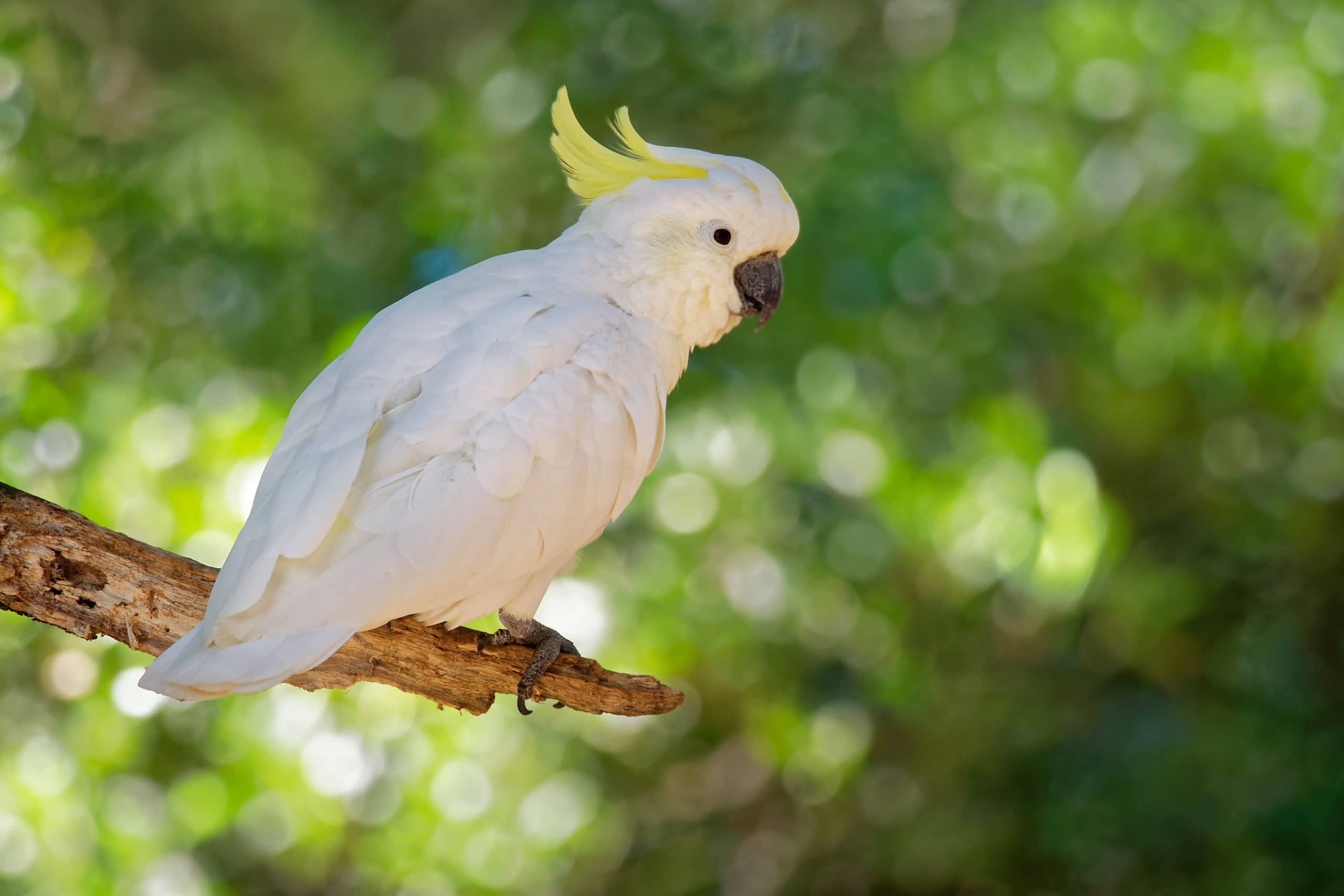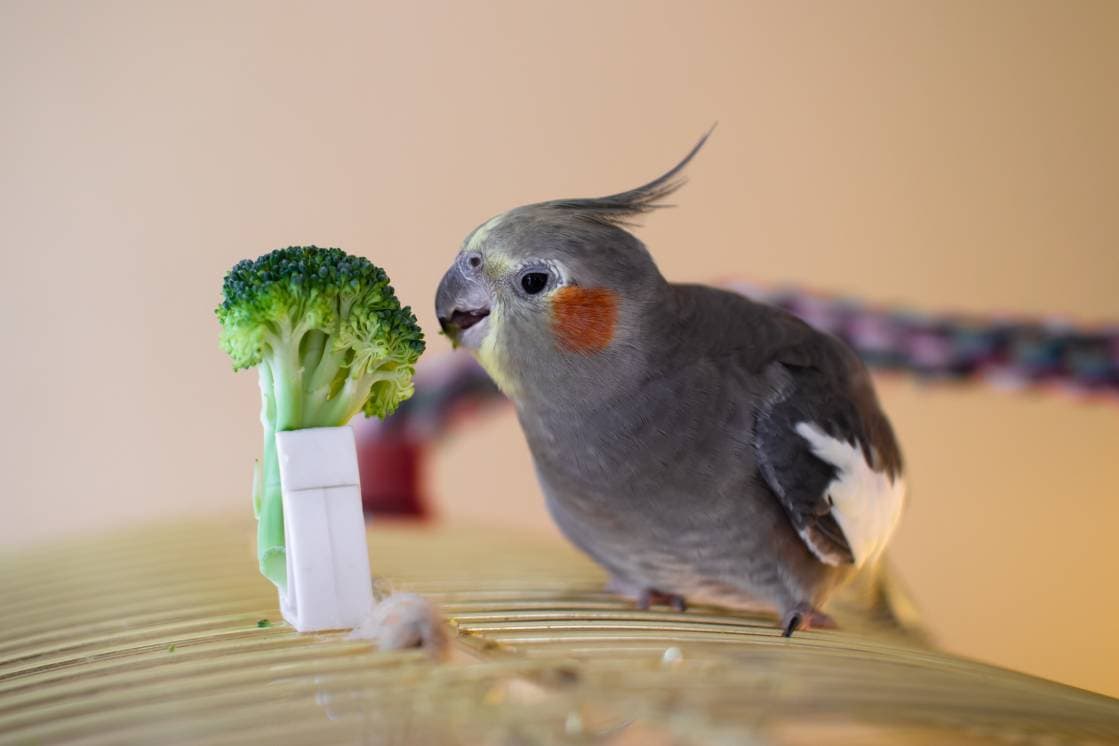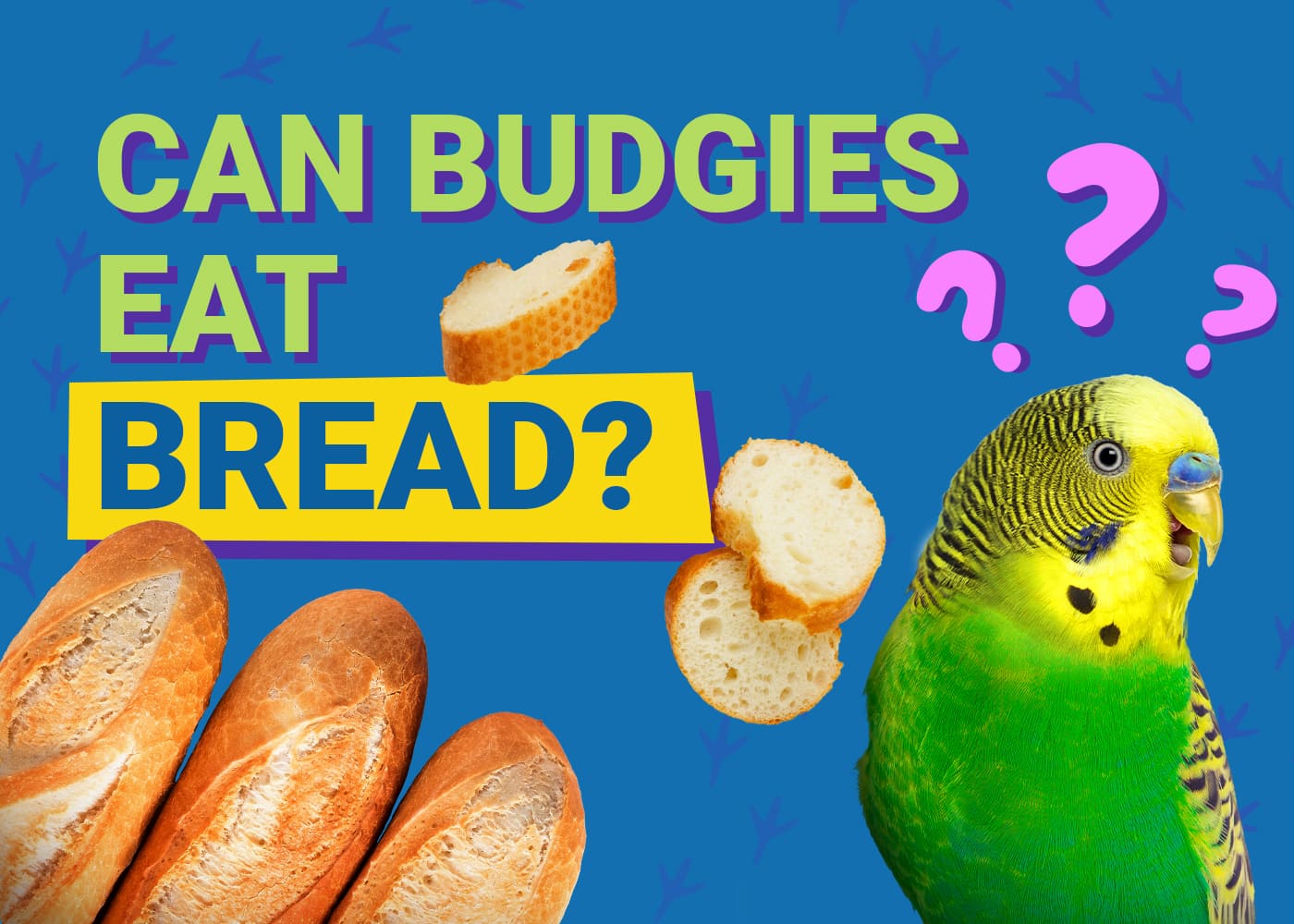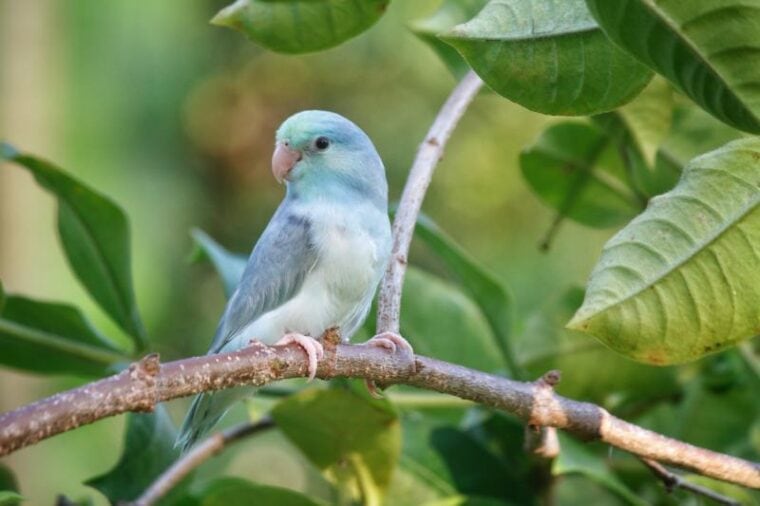
Parrots come in all sizes, from small budgies and cockatiels to larger African grays and macaws. Different species of parrots are predisposed to different diseases, and depending on where you live, they can get infected with different viruses, bacteria, and fungi.
However, three main problems happen in every species of parrot regardless of where they live, which are as follows:
Knowing how to mitigate these health issues and what to look for in case your parrot develops them can help you keep your parrot healthy. It can be overwhelming having such a complicated pet.
Read on to learn more about some of the health issues parrots have.
The 6 Common Parrot Health Problems
1. Malnutrition
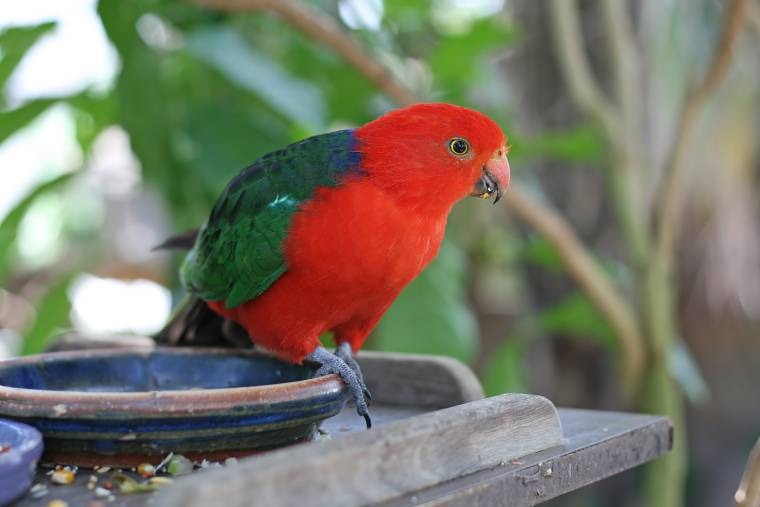
Many pet parrots are malnourished. They may get enough calories, but they do not get all the nutrients they need because they are only (or mostly) fed seeds and nuts. Parrots do not only eat seeds. They are evolved to eat fruits, vegetables, and only some seeds and nuts. Most of their diet should be other things besides seeds.
And luckily for our pets, there are commercial pellet foods that are designed to be nutritionally balanced. But what should you feed your parrot?
2. Nutritional Deficiencies
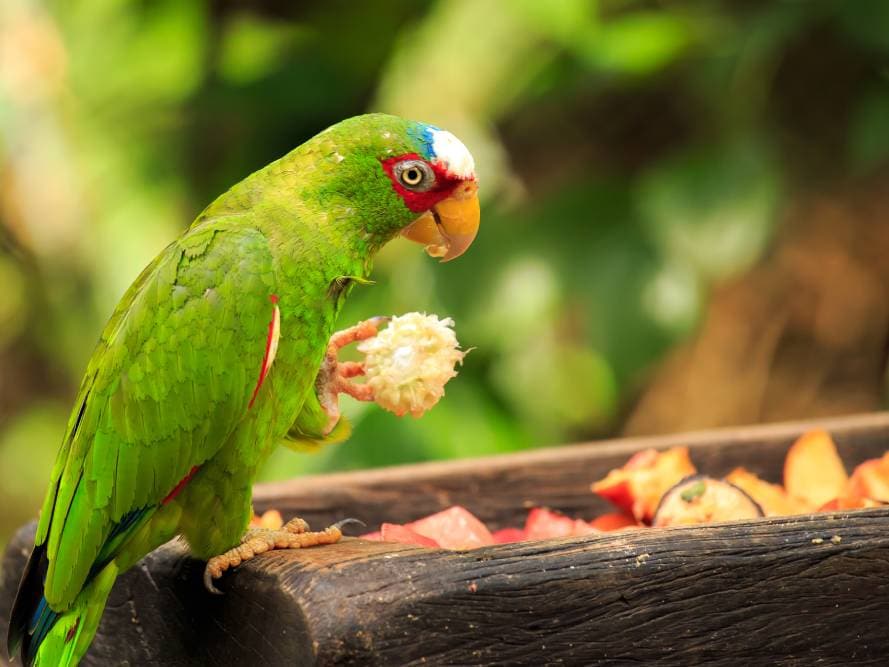
All-seed diets do not have enough vitamins and minerals to be a nutritionally complete diet. As a result, many parrots suffer from nutritional deficiencies that can affect many different parts of their body, such as the following:
For example, without the right vitamins and minerals, the soft membranes of their respiratory tract cannot develop normally and become prone to infections and disease. Or, their skeleton can weaken and grow abnormally, leading to broken bones and strangely shaped limbs.
A lack of vitamin A, vitamin D, and calcium are some of the more crucial vitamins and minerals lacking in seed diets and cause these health problems.
3. Obesity
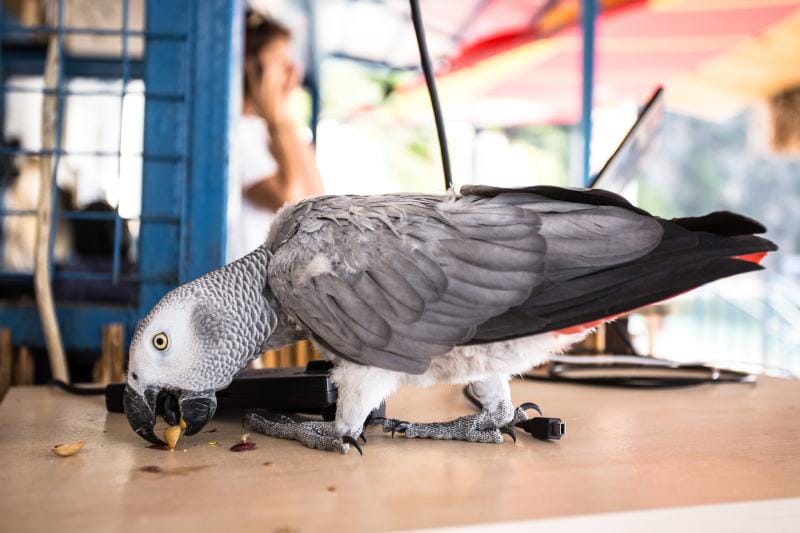
Eating only seeds and nuts means parrots are mostly eating fatty, high-protein diets. As a result, they are prone to getting fat and the numerous health problems that often come along with that:
The internal organs of fat parrots are also at increased risk of disease. Their liver and heart are particularly vulnerable to devastating issues when parrots eat only seeds—especially when indoor parrots also get less physical exercise.
4. Plucking & Chewing
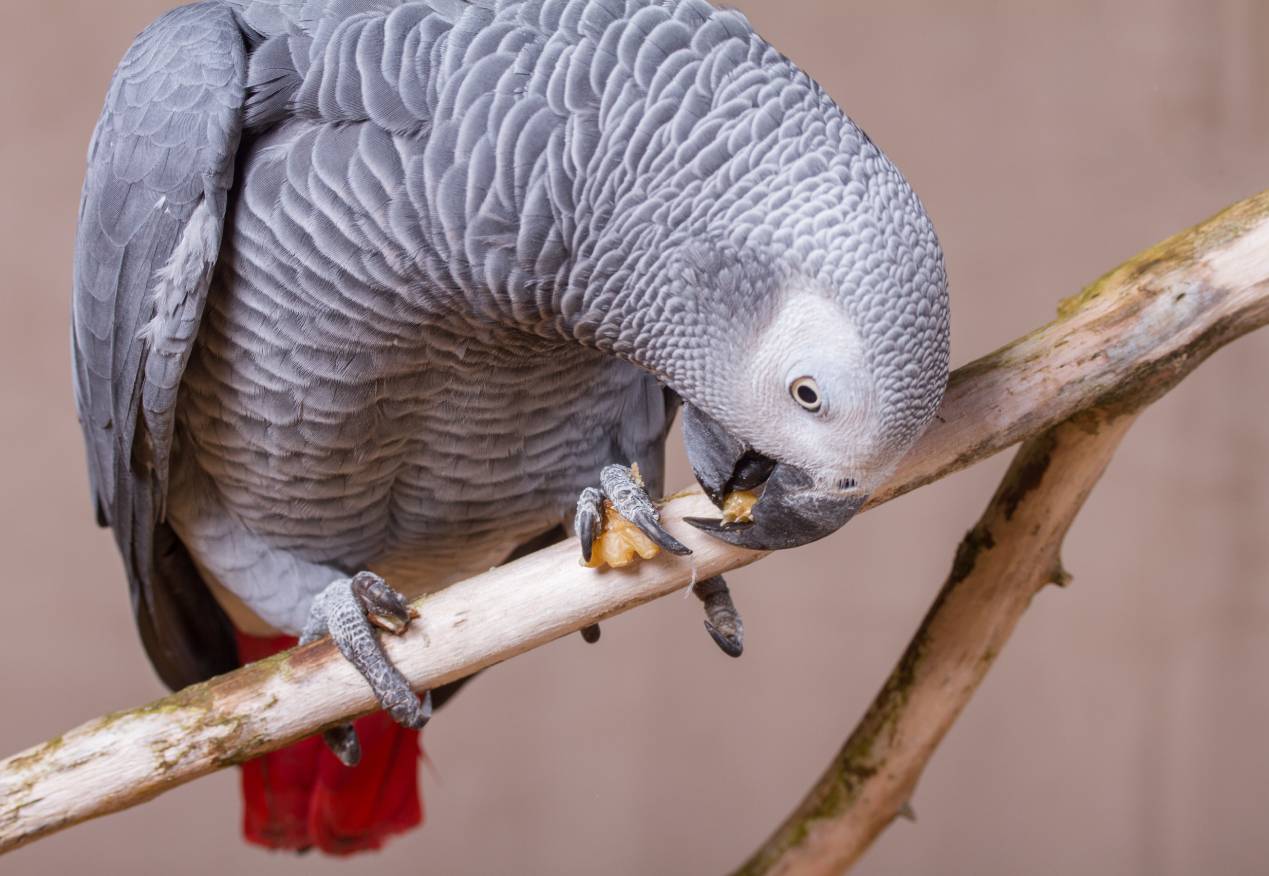
Feather destructive behavior is when a parrot destroys their own feathers. It is not always clear what exactly causes a parrot to start damaging their feathers. But it tends to happen when they don’t feel well, which can be physical or mental.
Feather destructive behavior tends to get worse and more difficult to treat with time. So, get a vet involved early. But some parrots can live happy lives with their damaged feathers.
Feather destructive behavior can be a result of physical disease or mental stress. As a result, it is best to rule out physical disease before assuming the behavior is a mental problem. Behaviors that can damage feathers are as follows:
4. Pododermatitis
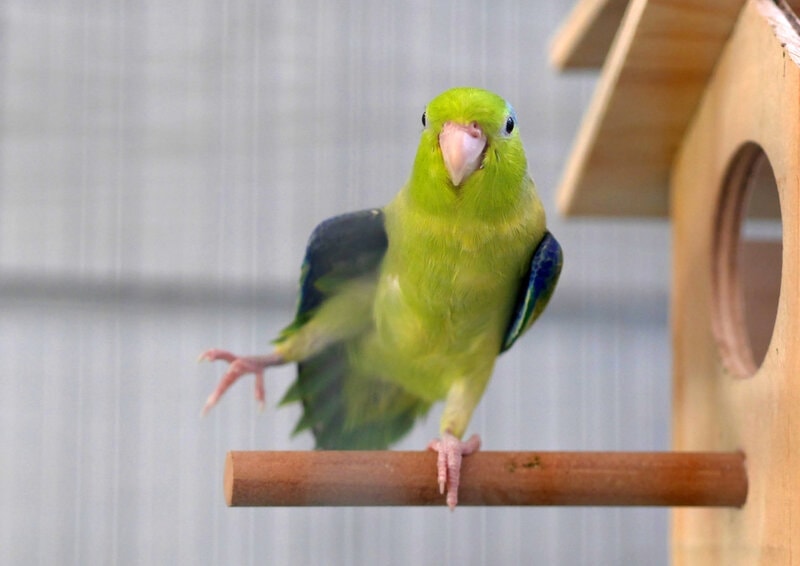
Many parrots have sore feet. They get sores that are similar to blisters on the bottom of their feet as a result of being fat and because they spend all day standing on smooth, hard perches.
Wood, plastic, and metal perches are all the same hardness and smoothness, and most perches in parrot cages are about the same size. This means their feet rarely get to flex or relax, and they are always standing on the exact same spots on their feet.
Over time the never-ending strain on their feet from the poorly designed perches leads to sore feet. And the following conditions can develop.
5. Reproductive Tract Disease
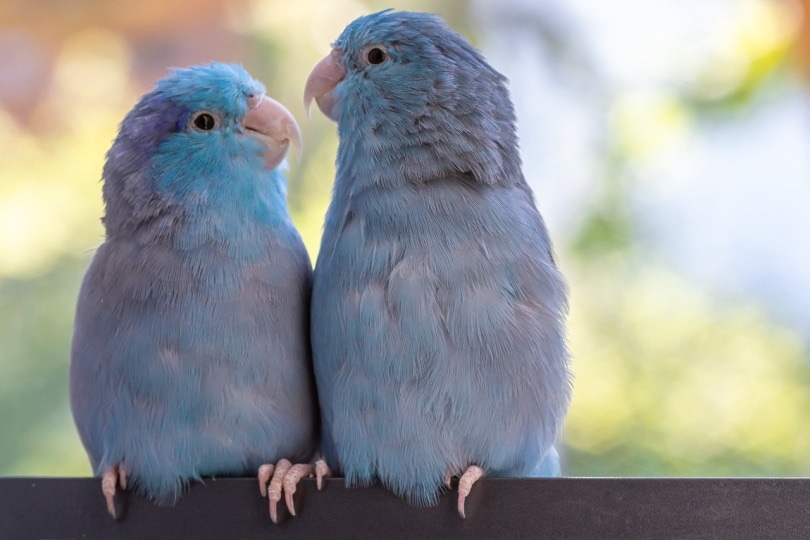
The parrots’ reproducing system is highly evolved and specialized. It is also driven by environmental cues that tell it to produce eggs or to go into a more dormant state.
However, in our pet parrots, the environmental cues are always the same. They get the same diet, the lights in our house are on for the same amount of time, and they are surrounded by the same members of their flock (birds and humans alike). And so, the reproductive system has very few cues to slow down and become dormant.
Lots of things can go wrong and cause issues in a normal parrot’s reproductive tract, but when the reproductive tract is constantly overstimulated by the environment, even more things can go wrong. Examples of reproductive tract disease include the following:
Treating reproductive disease not only includes veterinary medicine—hopefully—heals the issues. But also preventative health care that aims to decrease reproductive stimuli.
6. Overly Sexualized Behaviors
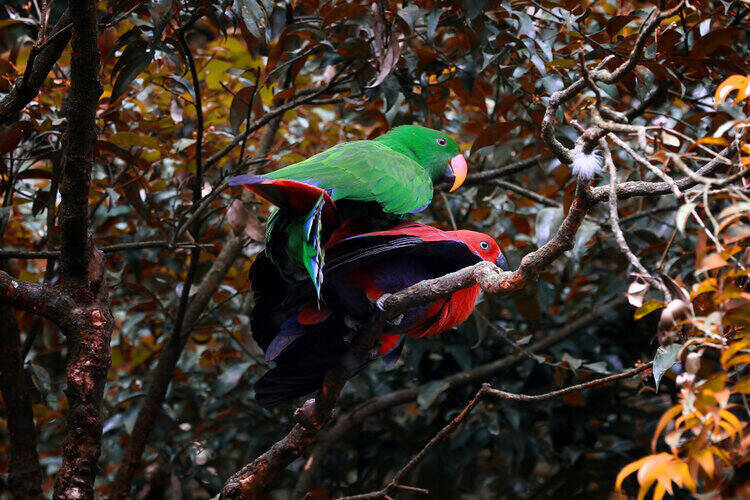
Along with a reproductive tract that can develop all sorts of issues when a parrot is constantly overstimulated, they can develop behavioral issues that make it difficult for them to engage with normal life. These behaviors are not just a result of being overstimulated but then become overstimulating to the reproductive system itself.
When a parrot becomes difficult to handle because of these behaviors, unfortunately, their lives usually get smaller as they are shunned by humans and kept from engaging in daily activities around the house. They can injure themselves and others if the behaviors get bad enough.
Keeping reproductive stimulation to a minimum can help overly sexualized parrots. Consider the following:
To Sum It Up
While there are several health issues to consider, one thing to help prevent most of them is feeding your parrot a good diet appropriate to their species. Having a good diet, helping your bird take good care of their feathers and feet, and managing their reproductive drive can go a long way in helping your parrot live their best life.
Featured Image Credit: Sarawut Limsuwan, Shutterstock


